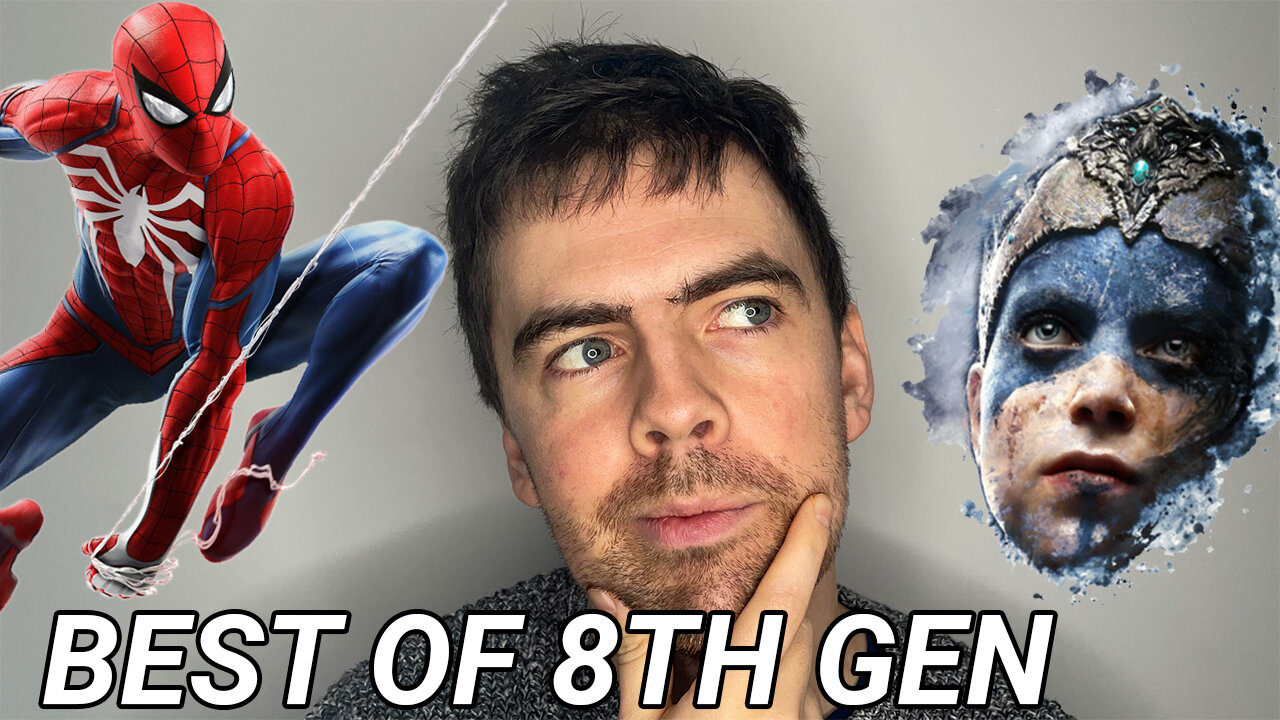Researchers Hoping To ‘Eliminate Death’ By 2045, Working On Humanoid Robot Avatars
It is estimated that a total of 55.3 million people die each year, equivalent to almost 2 every single second. Death is a fact of life, or so we thought. A project by the name of Russia 2045 is ambitiously attempting to conquer immortality in as little as 33 years by way of creating humanoid robots that have human personalities stored on artificial brains.
The whole project seems crazily ambitious, insomuch that the social initiative – which is founded and led by Russian media billionaire Dmitry Itskov – is driven by the ideological belief that immortality is within our grasp and that by 2045, artificial bodies will surpass existing human bodies in terms of functionality and “will achieve perfection of form”. The ‘Manifesto of the “Russia 2045” Strategic Social Movement’ also indicates the possibility of such avatars acting as an “extension of [people’s] lives…after the resources of the biological body have been exhausted.”
“Modern civilization, with its space stations, nuclear submarines, iPhones and Segways can not saveScientists from Russia 2045 have so far developed one half of an android. Admittedly creepy, the robot so far only has basic facial recognition and can move its arms and fingers. Still, its creators are hoping it will be walking in a year or two. mankind from the limitations in the physical abilities of our bodies, nor from diseases and death. We are not satisfied with modern achievements of scientific and technical progress. We believe that it is possible and necessary to eliminate aging and even death, and to overcome the fundamental limits of the physical and mental capabilities currently set by the restrictions of the physical body.”
On the journey to 2045 and the creation of what the project is calling a “hologram-like avatar” is a total of three steps that the researchers behind it hope to achieve if they are to ultimately meet their goals. By 2020, the group hopes to have developed a robot that can be controlled entirely by the human brain. Just five years after that in 2025, the plan is to be at the point where a brain can be transplanted into a robot, and by 2035 to have successfully developed an avatar with an artificial brain whose personality comes from transferring a humans' at the end of one’s life.
It’s a truly astounding mission statement for Itskov and his team to lay out, and one whose grand ambition is more than a little creepy. If this really is the future we’re heading for, it’ll be one in which the world’s population only ever grows, consistently and at a staggering pace; where the world’s robots slowly overtake the number of humans living on our own fair planet; and one in which it’ll be impossible to tell the living from robotic surrogate. I have more than the faintest inclination that science-fiction authors have been warning us of this very point in the lineage of our race…
Richard Birkett












Alongside the scientists, 50% of the British public and the future health of young people across the nation, I have one simple request: delay Freedom Day, please.